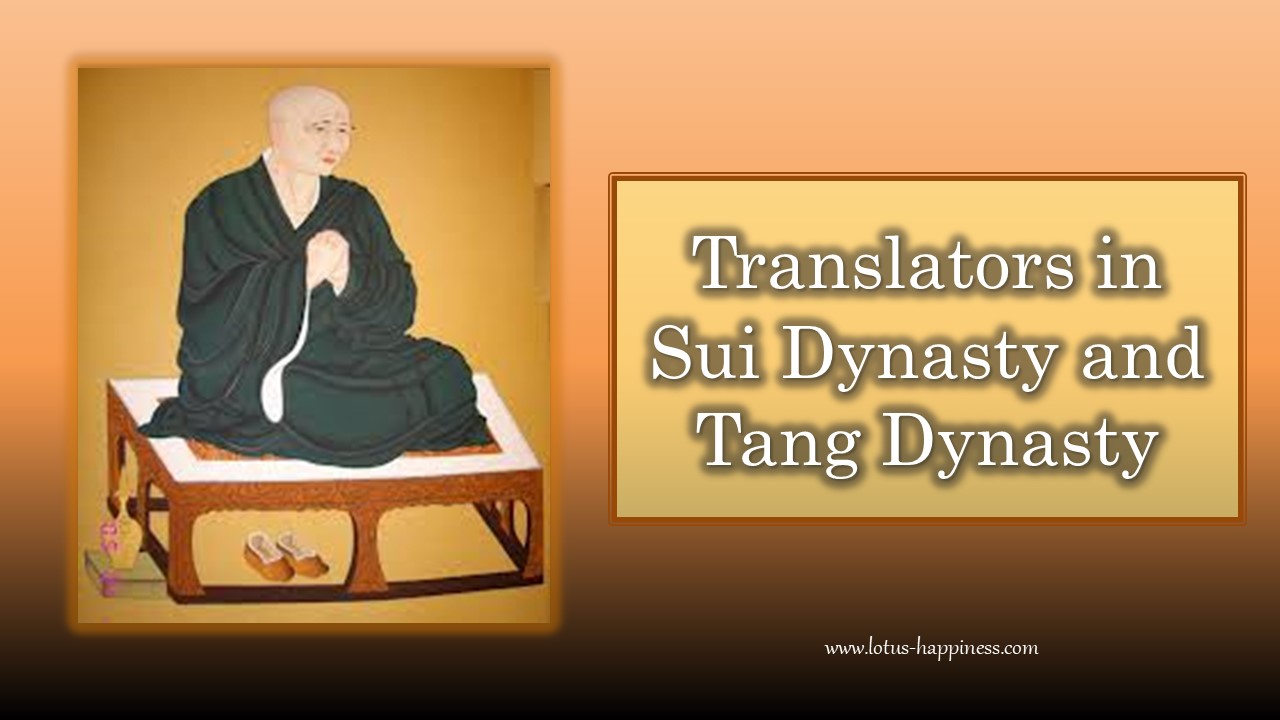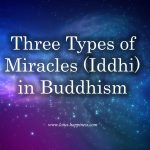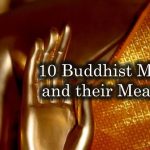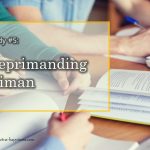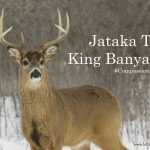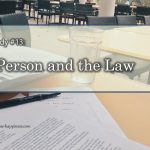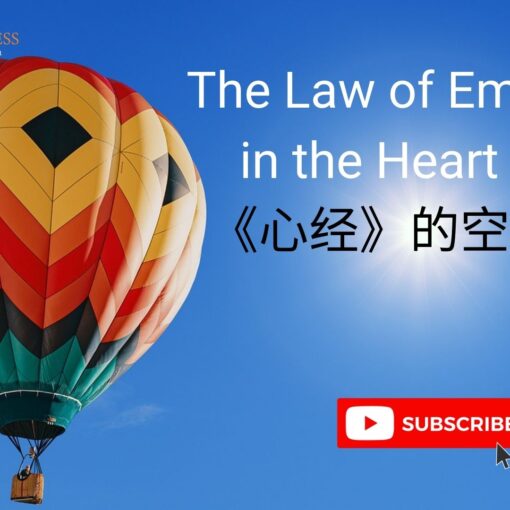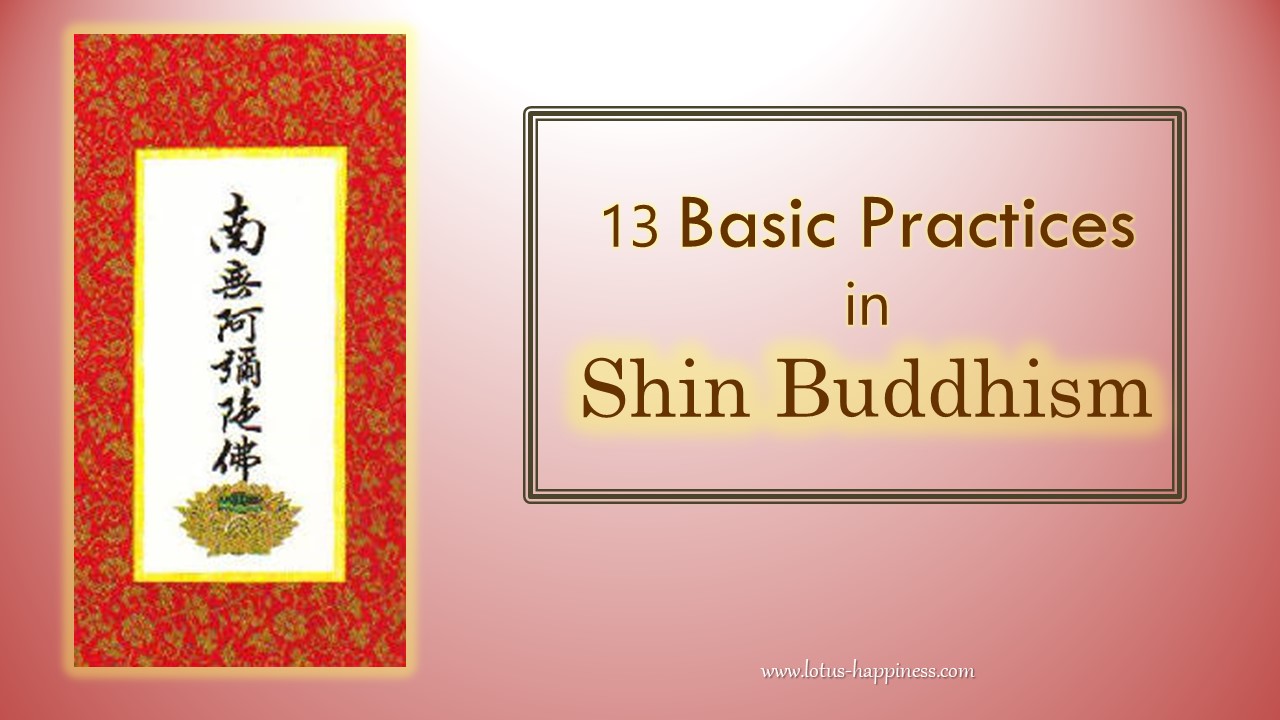Translators in Sui Dynasty and Tang Dynasty
Here are the famous translators during Sui Dynasty [隋朝] (581-618 A.D.) and Tang Dynasty [唐朝] (618-907 A.D.)
Jnanayasas [闍那耶舍/尊稱]
- from Magadha in North India to China at the end of the Period of Disunity, but recognised by the new Emperor Sui Wen-ti [隋文帝]
- Teacher of Yasogupta and Jnanagupta
- translated 7 scriptures in 51 fascicles, including
- Sutra of Great Compassion [大悲經]
- Sutra of Moon Store [月藏經]
Jnanagupta [闍那崛多/志德]
- from Gandhara in North India to China at the end of the Period of Disunity, but recognised by the new Emperor, Sui Wen-ti [隋文帝]
- got 260 sutras in Sanskrit,
- supported by the emperor to translate sutras
- translated 39 scriptures in 192 fascicles during 561-592 A.D. including:
- Sutra of Buddha? Fundamental Deed [佛本行經], 60 fascicles
- Candrottaradarikapariprccha [月上女經]2 fascicles
Shikshananda [實叉難陀/喜學]
- 652-710 A.D.
- from Udyana [于闐國]to China
- invited to translate his specialized Avatamsaka Sutra
- like Kumarajiva, his tongue was intact and did not turn to ash after the incineration of his body. It implied that his accuracy and correctness in translating sutras.
- He translated 19 sutras in 107 fascicles including:
- Avatamsaka Sutra, i.e. Flower Adornment Sutra, [華嚴經八十卷]80 fascicles in 4 years
- Lankavatara Sutra, i.e. Sutra of the Appearance of the Good Doctrine in (Sri) Lanka [楞伽經]7 fascicles in 700-704 A.D.
- Mahayana Shaddhotpada Shastra, i.e. Treatise on the Awakening of Faith in Mahayana, [大乘起信論]2 fascicles, in 695-704 A.D.
- Ksitigarbhapranidhana Sutra i.e. Earth Store Bodhisattva Sutra [地藏菩薩本願經]2 fascicles
I-Ching [義淨]
- 635-713 A.D.
- Travelled over 30 countries in 20 years collecting over 500,000 Buddhist verses
- Translated 61 scriptures in 239 fascicles including:
- Sarvabhava Vinaya [一切有部毗奈耶]50 fascicles
- Avadana, i.e. Stores [譬喻經]1 fascicle in 710 A.D.
- Suvarnaprabhascottamaraja-sutra, i.e. Sutra of the Most Honored King [金光明最勝王經]10 fascicles in 703 A.D.
Bodhiruchi [菩提流志/覺愛]
- 572-727 A.D.
- studied many non-Buddhist religions, but took refuge in Buddhism in the age of 60.
- thorough understanding of all Buddhist scriptures in 5 years.
- translated 53 scriptures in 110 fascicles in 17 years, including
- Maharatnakuta Sutra, i.e. Sutra of the Great Accumulation of Treasures [大寶積經]120 fascicles in 713 A.D.
- Samdhinirochana Sutra, i.e. Sutra of Profound and Mysterious Emancipation [深密解脫經]5 fascicles in 580-535 A.D.
- died in the age of 156
Paramiti [般剌密諦]
- Shramana Paramiti smuggled The Shurangama Sutra [楞嚴經]from India to China in Tang Dynasty. He accomplished his works very quickly so that he could get back to India on time without punishment. After he finished his translation, he went back to India and confessed to the King, and asked to receive whatever punishment the offense incurred.
- As the Director of Translation, he stood at the head of more than five hundred Dharma masters who had assembled to work on the translation. The work was done at Chih Chih Monastery, a large monastery in the City of Quangzhou.
Sudbhakarasimha [輸波迦羅/善無畏]
- 637-735 A.D.
- succeeded to be the King in the age of 13, but retreated to become a monk.
- practised mantras and got much mystic experience
- moved from Central India to Chang-an, China
- translated for 19 years, mainly the sutras for Tantric School, such as
- Mahavairochanna Sutra, i.e. Great Sun Sutra [大日經/大毗盧遮那成佛神變加持經], 7 fascicles translated in 716-735 A.D.
- Susiddhikara Mahatantra Sadhanopayika Patala Sutra, i.e. the Sutra of Good Accomplishment [蘇悉地羯羅經]
Varjabodhi [金剛智]
- moved from South India to China by sea in Tang Dynasty
- Follower of Nagarjnana [龍智]to learn Tantric Buddhism
- He was asked by Guan Yin to preach in China
- translated about 30 scriptures.
Amogha/Amoghavajra [不空/智藏]
- 705-774 A.D.
- a northern Brahamaric descent, who lost his father when he was fifteen
- travelled to China with his uncle in 718 A.D. and became a disciple of Varjabodhi
- famous in Yogacara School
- proficient in both exoteric and esoteric teachings of Buddhism
- the preceptor of the kings in Tang Dynasty
- translated 110 scriptures in 143 fascicles
- Vajrashekhara Sutra, i.e. Diamond Peak Sutra [金剛頂經]3 fascicles in 753 A.D.
- Adhyardhasatika Prajnaparamita Sutra [大樂金剛不空真實三麼耶經]1 fascicle
Prajna [般若三藏]
- 810 A.D.
- vowed to move to China from Kabul, North India during Tang Dynasty
- translated works including
- Avatamsaka Sutra, i.e. Flower Adornment Sutra [華嚴經]40 fascicles, in which the most important last fascicle of the Sutra, i.e. 普賢菩薩行願品
- 大乘理趣六波羅密多經10 fascicles
- 大乘本生心地觀經8 fascicles

